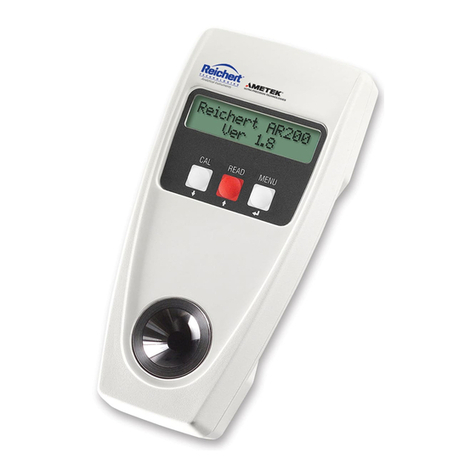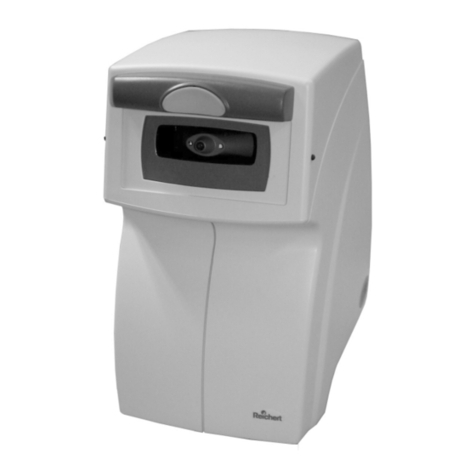Reichert AR700 User manual
Other Reichert Measuring Instrument manuals

Reichert
Reichert Tono-Pen AVIA User manual

Reichert
Reichert AR6 Series User manual
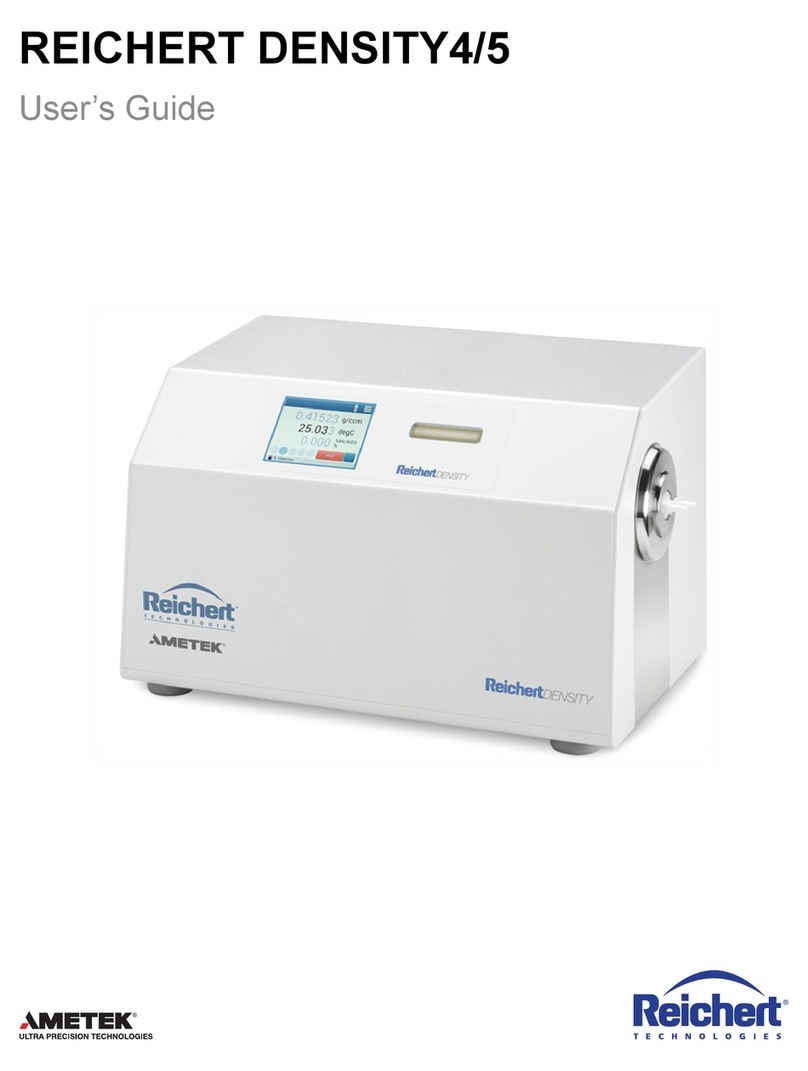
Reichert
Reichert DENSITY4 User manual
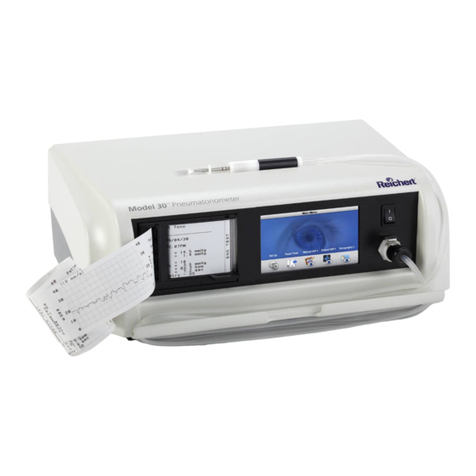
Reichert
Reichert Model 30 User manual
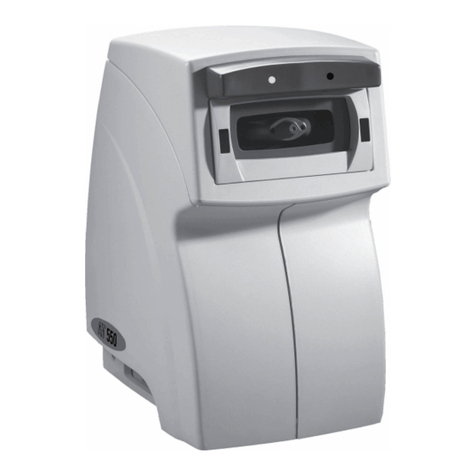
Reichert
Reichert AT550 User manual

Reichert
Reichert AT550 User manual
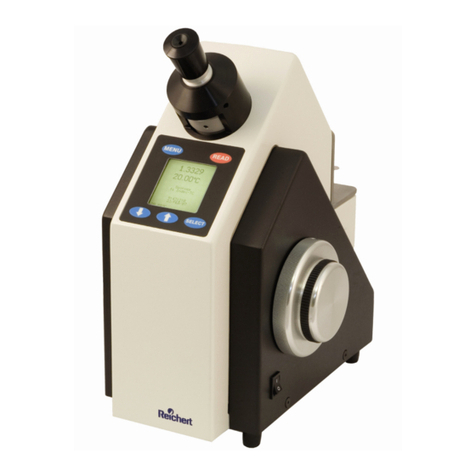
Reichert
Reichert ABBE MARK III User manual
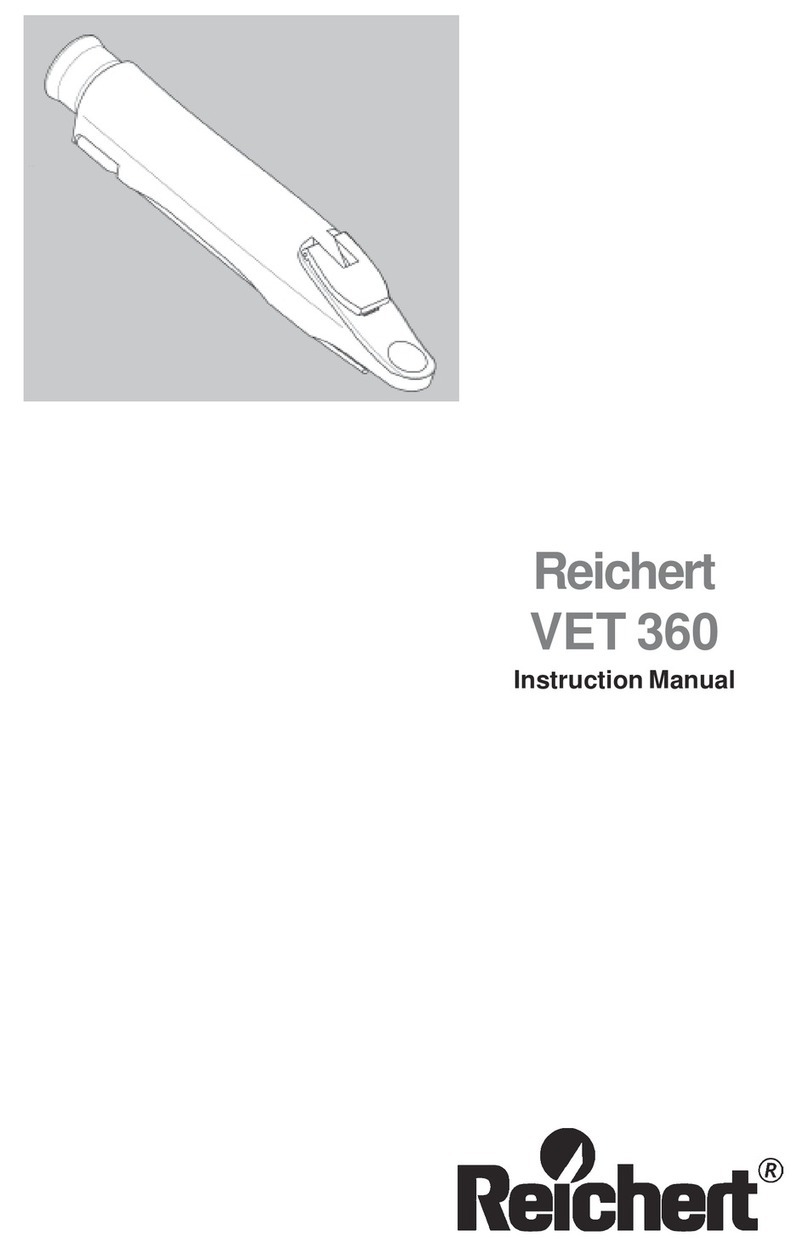
Reichert
Reichert VET 360 User manual
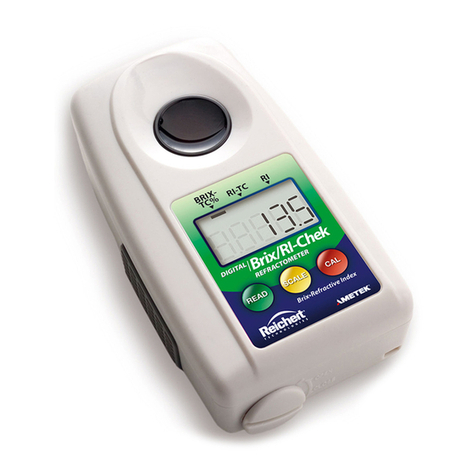
Reichert
Reichert 13940000 User manual

Reichert
Reichert Tono-Pen AVIA Vet User manual
Popular Measuring Instrument manuals by other brands

Powerfix Profi
Powerfix Profi 278296 Operation and safety notes

Test Equipment Depot
Test Equipment Depot GVT-427B user manual

Fieldpiece
Fieldpiece ACH Operator's manual

FLYSURFER
FLYSURFER VIRON3 user manual

GMW
GMW TG uni 1 operating manual

Downeaster
Downeaster Wind & Weather Medallion Series instruction manual

Hanna Instruments
Hanna Instruments HI96725C instruction manual

Nokeval
Nokeval KMR260 quick guide

HOKUYO AUTOMATIC
HOKUYO AUTOMATIC UBG-05LN instruction manual

Fluke
Fluke 96000 Series Operator's manual

Test Products International
Test Products International SP565 user manual

General Sleep
General Sleep Zmachine Insight+ DT-200 Service manual

